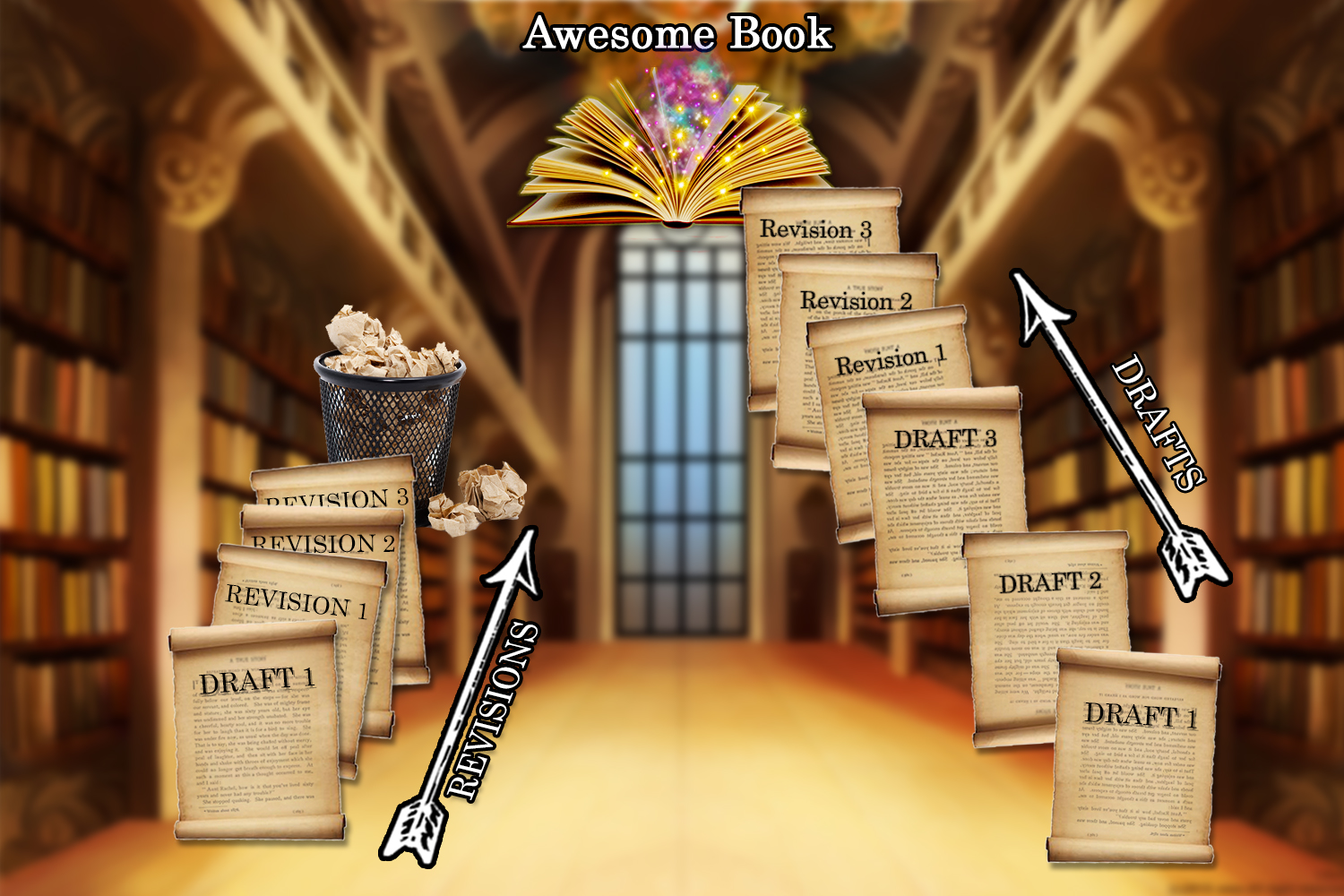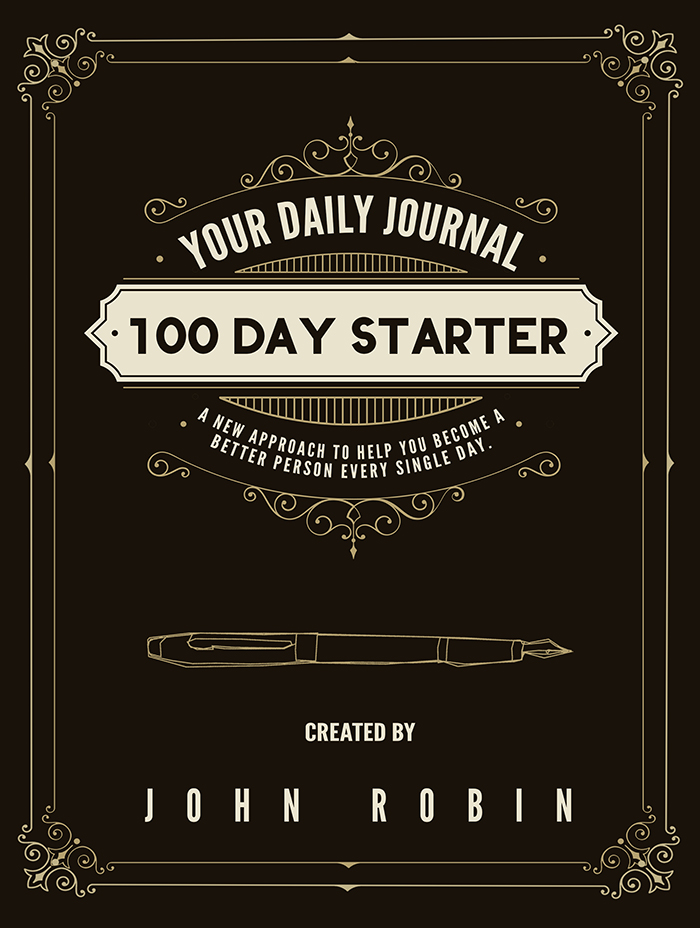In last month’s newsletter, I mentioned my road map to finishing Blood Dawn. I spent last week unpacking more of what was behind how I have focused my week into themed days (read that here), so I thought this week I would start talking more about the strategy I’m using to make sure I arrive at the final, polished third draft of Blood Dawn I want to turn over to Inkshares.
A revision is not a draft
First off, let me tell you a bit about the difference between a revision and a draft, because one important lesson I learned as a writer is they are not the same thing.
A revision is a once-over. You might make some small changes, perhaps big changes in some spots, but to a reader who reads your revision, it would still appear to be the same book. In the previous 3 books I wrote, I made the mistake of only revising it. As a result, I never actually finished those books.
A draft is an overhaul. Chapters will go. Chapters will appear. Chapters will change. Characters will disappear. Character will appear. Characters will change. Plots, settings, voice, perhaps even overall structure might also get tossed into the whirlwind.
A second draft is as free to evolve as a first draft. A reader who reads your new draft would think they are reading a different book, recognizing hints of the earlier one.
My goal with Blood Dawn’s second and third draft is to see the story evolve to a whole new level each time, pushing toward the awesome book I want it to be for readers. And tackling the second draft is as scary for me as tackling the first, because so far the road map I’ve built involves adding about 45,000 words of new material, including a prologue (editor’s request), and some additional Lantis, Aukamil, and Venton chapters since those characters were introduced late in the first draft but ended up being major players who need more air time earlier. I’ve even structured in a sub-chapter in the middle of chapter nine, to contrast the super-chapter that breaks outside of the linear structure between chapter 11 and 12. This wasn’t arbitrary at all — it came from the process of building my revision road map and discovering just what kinds of things I need to do to tackle those deeper issues in the story to make the second draft twice as strong as the first, and thus one more leap toward the awesome book I want readers to enjoy.
For a draft, you need a road map
My process of writing the second draft for Blood Dawn revolves around building a road map, then using that as a guide for the overhaul to come. Next week, I plan to talk some more about that exact process and how it works, but for now let’s just talk about what a road map is and how it’s important for ensuring a draft doesn’t just become a revision.
Writing a second draft is messy work. It can be as unpredictable as drafting. A road map is a list of all the things that need to be done to guide me as I dive back in an write new chapters, change chapters, change characters, deepen the plot, add new layers. It’s a way of taking all the feedback I’ve received and organizing it on a scene-by-scene level so that when I step back to my manuscript my approach can go above and beyond addressing the problems my beta readers pointed out in the first draft of Blood Dawn. It helps me make sure not only that what I’m doing is going to be effective, but also that it’s going to be relevant. It helps inform the decisions I’m making.
There are so many directions a draft can take, so a good road map for me is one that allows me to say, “FINISHED” to my second draft, rather than chasing my tail in the endless pursuit of perfection.
Why three drafts?
After I am finished with the second draft, I will repeat the process of submitting to a new round of beta readers and do my own thorough line-edit, then I will build another road map and write a third draft much like I did the second. It’s this third draft I plan to submit to Inkshares, with the confidence that the revisions which ensue as part of the editing process will bridge the gap between the third draft and the awesome epic fantasy novel worthy of its seat on bookshelves and readers’ laps.
There is no perfect science to how to write a book. The perfect writing method is as illusive as an alchemist’s gold. (Writing methods: this is not only another blog topic, but a series of blog topics!) But I like threes.
My reason is not just mystical, though. It’s also logical. A second draft gives me a chance to go in and tackle the work that’s going to make a real mess. It’s a chance to address some of the most critical and frightening notes from my editor and beta readers — the ones that make me want to bury Blood Dawn and move on. Diving into the second draft and knowing there is a third ahead of it means I can separate the need for polish from the need for structural integrity and consistency. I can make sure those deepest problems are addressed.
Some of those changes are going to lead to radical rewrites, and I’m going to want fresh beta readers to go over those again to make sure I addressed the problems from the first draft. These beta readers are also new ones, so I will get fresh perspectives and opportunities to deepen the narrative. What a third draft allows me then is to tackle the most difficult problems found in the first draft twice, while having an opportunity to address finer nuances that are cleared up when the major problems are out of the way. With the worst out of the way in the second, that means the third draft can be where I polish and add further touches.
Powerful scenes become twice as powerful. Dialogues get deeper, more nuanced. Perhaps a few brushstroke opportunities will present, some last moments with the canvas to make the novel really pop.
Drafts can go on and on, but an unpublished book is an unread book
I like to imagine time spent on each draft as time in the garden. There is no predicting what will befall when writing. I could go back again and again, but I recognize personally that perfection is like an asymptote in mathematics. Time in the garden isn’t about perfection then, but rather, intention.
I could write a fourth draft, and a fifth, and then some. But I’m picking three because I also need to respect the readers who have graciously supported my work and are eager to get Blood Dawn in their hands. There is also a degree of faith in my decision. I have spent 9 years writing three novels, and I’ve been involved in editing more than 50 publications to date. I have acquired skill and that also helps with confidence that I can do this.
So on I go to the second draft with my road map, and I’ve even made weekly milestones for progress all the way through to the submission date to Inkshares (presently, that’s September 5th). But more on that next time. The weekend is coming, and that means more time in that wild, ruddy country known as drafting.



Pingback: Setting Weekly Milestones: How to get through multiples drafts of a book | John Robins Blog
Pingback: Making a revision road map: turning beta and editor notes into a next draft plan | John Robins Blog